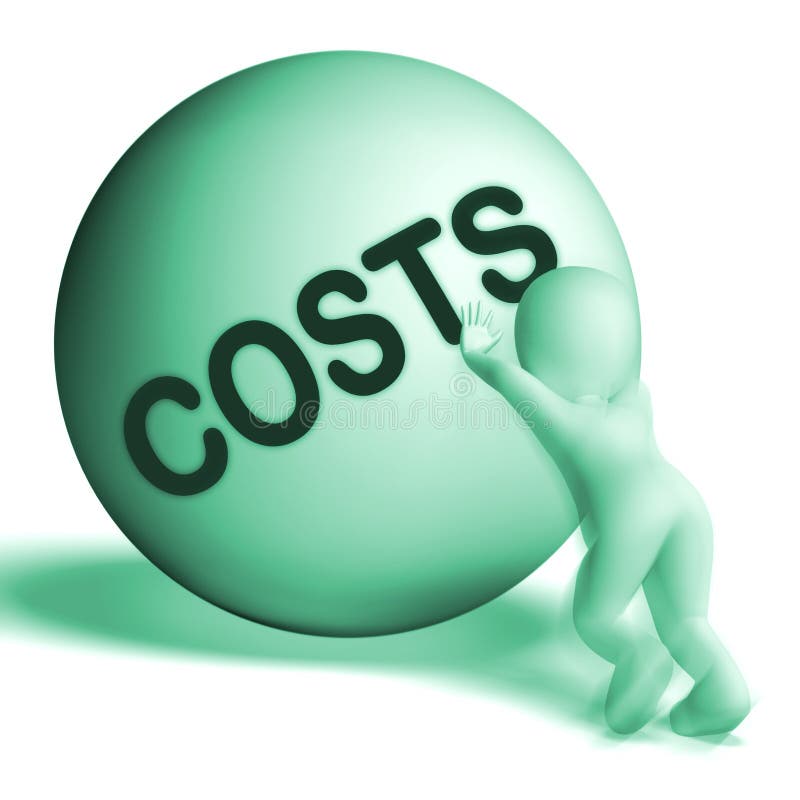

When converting R&D expenses into assets, a company can capitalize R&D according to the generally accepted accounting principles (GAAP) or according to the international financial reporting standards (IFRS): Generally accepted accounting principles (GAAP)
CAPITALIZE EXPENSES MEANING HOW TO
Related: Capital on a Balance Sheet: What It Is and How To Calculate It How does R&D capitalization work? A P&L statement summarizes expenses, revenues and costs a company generates in a given time period. R&D capitalization also converts costs from the profit and loss (also called P&L) statement to assets that a company includes on the balance sheet. This change can increase the overall profitability of the company, showing potential investors and creditors the company's actual profitability - or its ability to generate profits from its R&D and production activities. Some R&D costs might include securing patents, hiring specialists, completing product studies or developing production systems. When an organization capitalizes its research and development, it moves some or all of the costs of its R&D activities from the top of the EBITDA line (gross sales) to the bottom of the EBITDA line (net income) on the balance sheet. R and D capitalization is the process that companies use to classify the activities of research and product development as an asset rather than an expense. In this article, we define R&D capitalization and how it works, describe how it differs from realizing expenses and list benefits and examples to help you understand an organization's financial performance.

Learning more about this process of capitalizing on R&D can help you develop the skills to manage complex financial decisions. In some cases, research and development (R&D) activities are also a part of a company's revenue generation, meaning that the company can generate profits based on successful R and D activities. Many large companies base their financial valuations on revenue, including the monthly and annually recurring profits in the EBITDA (earnings before interest, taxes and depreciation).


 0 kommentar(er)
0 kommentar(er)
